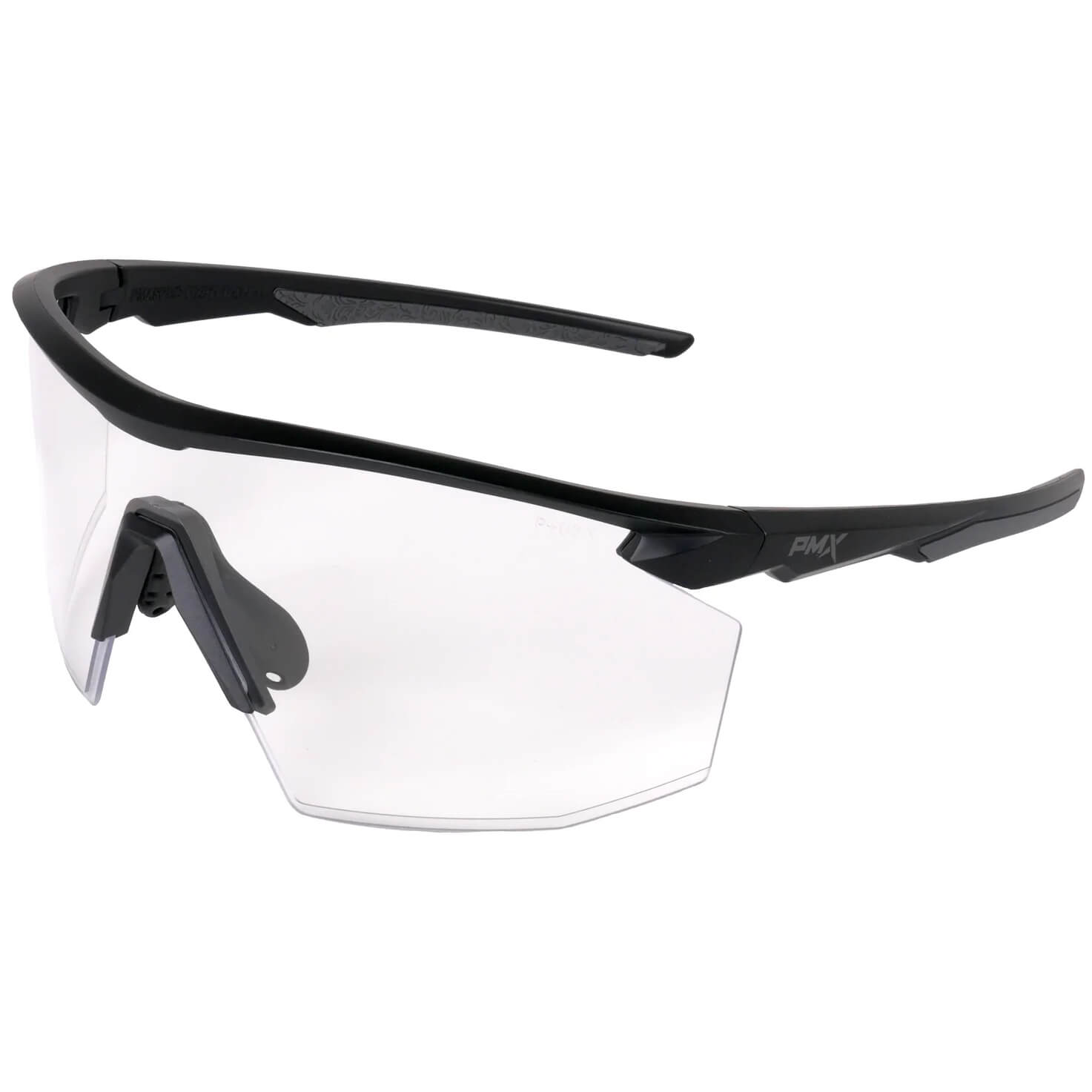A common complaint, "these safety glasses hurt my eyes" frustrates many workers and safety professionals. Related claims include those involving poor vision, headaches, pinched noses, and ear pain while wearing protective eyewear.
These frustrations come from both the discomfort and the resulting non-compliance with safety policy. Let’s get at the root of the issue by exploring common causes as well as some solutions.
Common Causes for Safety Glasses Discomfort:
- Improper fit: Safety glasses should be secure but not so tight they cause pain. Since every face is unique, one style and size of safety glasses will not fit every worker. Fortunately, most safety eyewear retailers offer a variety of styles and sizes. Safety glasses designed for larger faces and women have become very popular. Having multiple styles and sizes of eyewear available ensures every worker has a proper fit.
- Lens color: Each lens color has its strengths and weaknesses. The wrong lens shade can cause eye strain or fatigue from glare or bright lights. Assess each situation - both person and place - to decide which lens tint offers the best vision. Retailers of protective eyewear are experts in this area and can help find the correct lens color.
- Improper use: Safety glasses pushed up on the forehead or worn in any way other than how they're intended can cause pressure that results in pain and discomfort. Since improper use often stems from poor fitting eyewear, consider improper use as a red flag. Take time to inspect and assess eyewear and change styles if necessary.
More Reasons Safety Glasses May Hurt Your Eyes
- Improper care: Not taking care of safety glasses leads to a host of problems that can cause pain and discomfort. Dirty or scratched lenses strain eyes. Bent or broken frames cause poor fit and uncomfortable pressure. Taking care of safety glasses helps ensure proper fit and optimum vision for the long term.
- Poor condition: Whether caused by improper care, damage or age, safety glasses that are in bad shape can be uncomfortable. Scratched lenses may also cause inferior vision or eye strain. No matter the quality, all eyewear must be replaced eventually. Performing regular checks of safety eyewear ensures workers always have the best safety glasses for the situation.
- Situational fit: The variety of safety eyewear on the market exists because different people and situations call for different safety eyewear. In other words, a single pair of safety glasses doesn't work for every person and situation. General-use safety glasses work fine, but lenses sometimes require switching due to varying light conditions, which makes convertible safety glasses ideal. Other times, changing factors like air flow or humidity requires having more than one pair of safety glasses.
- Poor quality: Budget safety glasses are more than adequate for infrequent use. However, for individuals who wear safety glasses all day every day, quality is crucial for avoiding discomfort. Investing in quality safety glasses and taking the time to find the best fit can eliminate many problems. Quality eyewear that's comfortable is critical for anyone who wears safety glasses for long periods time.
- Excessive glare: Reducing Glare as a Workplace Hazard is essential for eliminating problems with eye strain and poor vision. Glare can lead to problems with headaches and neck & shoulder tension as well.
- Eye strain and fatigue: There are many sources of eye strain and fatigue. Excessive glare, improper fit, and poor lens condition are common examples. Fatigue and eye strain lead to headaches and poor vision. Plus, they can result in neck and back pain as workers adjust posture to remedy the situation. Assessing each employee's situation based on all the factors in this list can help reduce and likely eliminate most problems.
And Here Are A Few More Reasons:
- Prescription: For those wearing prescription eyewear, glasses or contacts, a wrong prescription can cause eye fatigue, headaches, and poor vision. Regular eye exams ensure prescriptions are always up-to-date and that corrective eyewear does not cause problems.
- Other gear: Protective gear like helmets and visors can add pressure to safety glasses worn underneath. Also, over-prescription safety glasses can add pressure to prescription eyewear and lead to pain and discomfort. Experimenting with different combinations of safety gear will help workers find the most comfortable combination.
- Photophobia: Sensitivity to light varies from one person to the next. What feels comfortable for one person causes eyestrain leading to headaches for another. Solutions to the problem of photophobia include modifications to a person's workspace and tinted lenses.
- Lack of use: Workers who wear safety glasses periodically, may experience "hot spots" and discomfort from extended wear. Either find safety glasses with a better fit, or wear safety glasses more frequently to become better acclimated to them.
- Work environment: If the above remedies fail to bring relief, it's possible the workplace environment may be causing dry eyes, allergies, or another health problem. A visit to the doctor or even a change in safety glasses to ones that better control airflow, foam-padded safety glasses for example, are options to consider if the work environment seems to be the culprit for eye pain or discomfort.
- Health concerns: When all other areas have been assessed as detailed above, it's time to consider that a more serious eye or other health issues may be causing the discomfort. If seeing an eye doctor fails to produce a solution, pay a visit to a family physician to investigate the problem at a deeper level.
Finding the Root Cause Is Important
Individually assessing every complaint and finding the root-cause will reduce worker complaints and increase compliance. A one-size-fits-all approach is just not possible, and a variety of solutions is needed to address the unique issues for each person.
With time and persistence, all employees can wear safety glasses comfortably. Every person can enjoy better eye protection, and companies can feel confident in compliance with safety eyewear policies.











